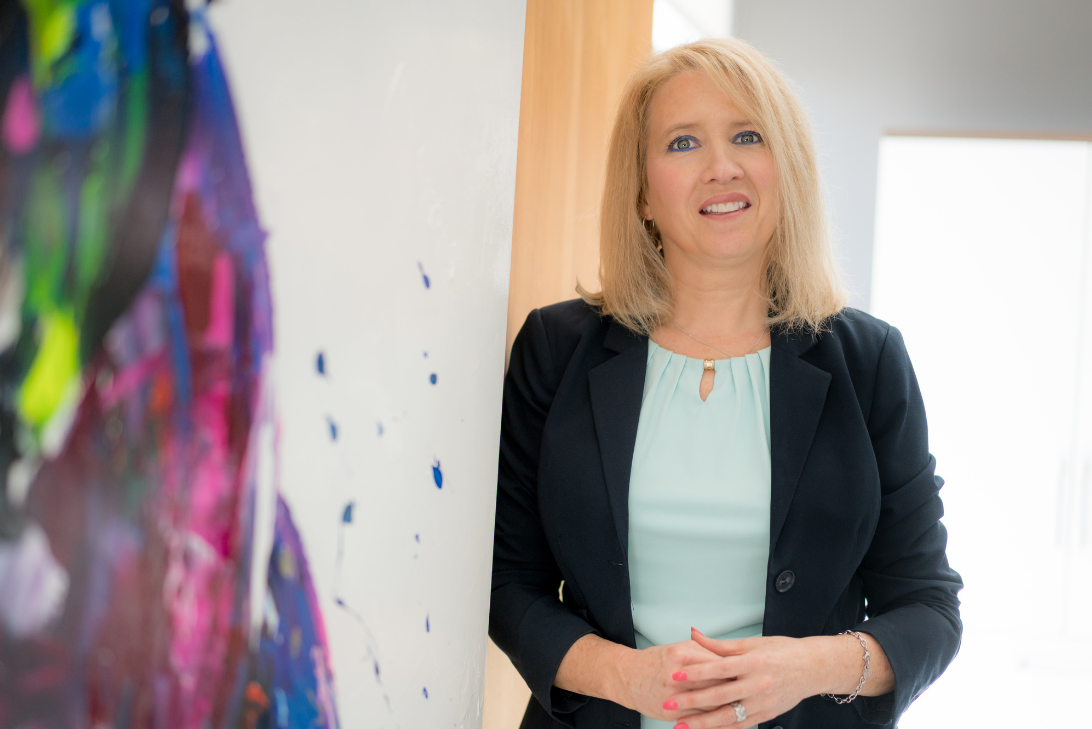
Five steps to save for your child’s future
Give your child more choices in life
As a parent, you want the best for your child—and that can be expensive. Food, clothes, books, toys, camp, sports, lessons; it all adds up. In fact, 36% of Canadian parents have borrowed or know someone who has borrowed to pay for a child’s extracurricular activities.
With so many expenses, it’s hard to start saving for your child’s future, but it’s essential. The cost of a post-secondary education is high and increasing. Housing prices are also on the rise in many parts of the country—and it’s worth noting that 18% of first-time homebuyers’ down payments are loans or gifts from parents and other family members.
This five-step approach can help you build the savings your child will need to set them on the path towards financial self-sufficiency.
Step 1: Start now
There’s no time like the present when it comes to saving and investing. Starting today gives your money longer to grow. You can also:
- Deposit small amounts every week or month rather than waiting until you have a large amount
- Access more growth potential because you will have longer to save and have time to ride out the ups and downs of the markets
Step 2: Save what you can afford
The amount you decide to save regularly should:
- Be sufficient to meet your child’s needs
- Fit comfortably within your and your family’s budget
- Give you room to continue saving towards your own long-term needs
The amount you can save, including the frequency, will be unique to you—an advisor can help you calculate it.
Step 3: Get a boost
You don’t need to do it all on your own:
- Top up your savings with Canada Education Savings Grants when you save inside a Registered Education Savings Plan (RESP)
- Watch your money grow faster with tax-deferred growth in an RESP and tax-free growth in a Tax-Free Savings Account (TFSA)
Step 4: Make it flexible
Have a plan in case your child decides not to go to college or university:
- Complement RESP savings—which must generally be used to pay for qualifying post-secondary education programs—with TFSA and non-registered savings, which can be withdrawn tax-free for any purpose
- Meet two needs at once by building cash value in a permanent life insurance policy—you can choose to tap into it later, or not
Step 5: Prepare for challenges
It’s hard to even think about a child getting seriously sick—but it happens. To make sure you’re financially prepared:
- Add low-cost protection for a child on your own critical illness insurance policy
- Take steps now to ensure your child remains eligible for his or her own policy as an adult, no matter what health challenges lie ahead
Taking these five steps can help give your child more choices in life and, ultimately, set them up to achieve greater financial independence.
![]()
